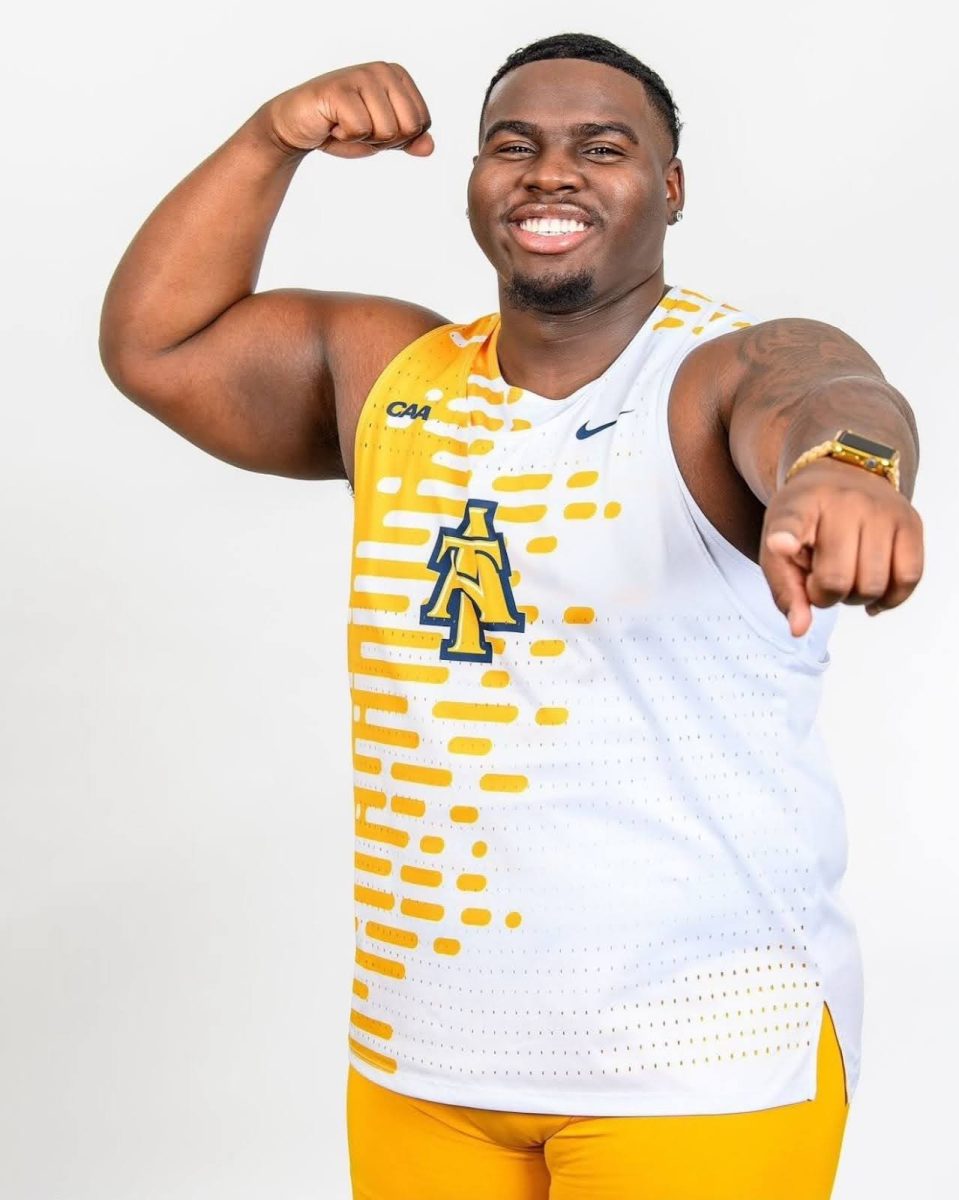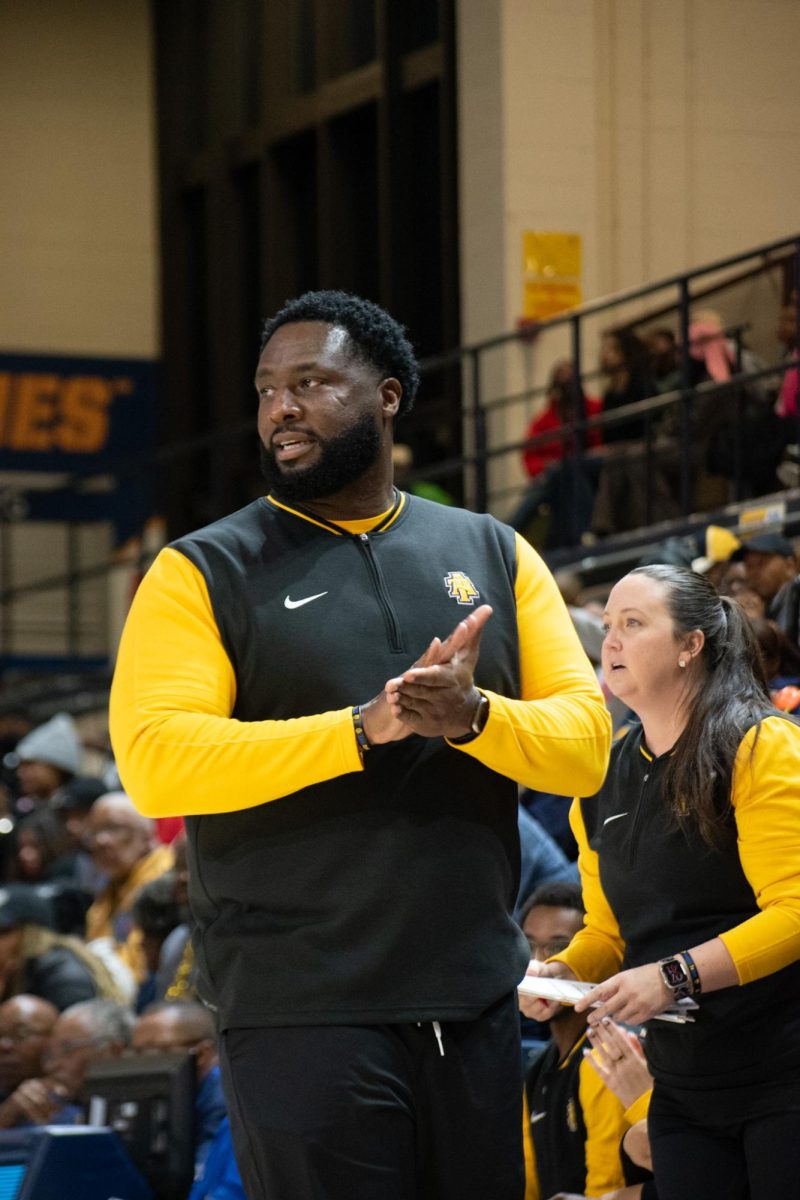In the past few years, Black-women athletes have taken leaps building their brands, but none of this could take place without Olympian Florence Joyner’s trailblazing speed and style.
The Olympic gold medalist Florence Joyner also known as Flo-Jo brought form-fitting, bodysuits, six-inch fingernails and blazing speed to track and field.
“Dress good to look good. Look good to feel good. And feel good to run fast,” Joyner said.
Flo-Jo’s ability to reinvent herself and her style while competing at the highest level of competition made her an inspiration to generations of Black female athletes like Serena Williams who recently wore the one-legged fitted suit in her Australian Open first-round match.
“I was inspired by Flo-Jo, who was a wonderful track athlete, amazing athlete when I was growing up,” Serena said. “ Well watching her fashion, just always changing, her outfits were always amazing.”
Before becoming an icon to the world, Joyner was the seventh of eleven children growing up in the Watts neighborhood housing project in Los Angeles. She began competing in track at the age of 7, and her speed became very apparent. At the age of 14, she won the Jesse Owens National Youth Games.
In high school, she set records in sprints and the long jump. When she graduated, she competed at Cal State Northridge and helped them win the national championship in 1978.
Sadly, she had to drop out of college after two years and work as a bank teller since she couldn’t afford college. She didn’t go back to college until her former Cal State Northridge coach Bob Kersee earned a job as an assistant coach at UCLA. Soon after, he offered his former star athlete a scholarship.
As a result, she enrolled at UCLA as a junior and won the NCAA 200-meter title. Also, she met her future husband Al Joyner in the U.S. Olympic trials in the same year.
Joyner made her Olympic debut in 1984 at the Soviet-boycotted Summer Games in Los Angeles where she won a silver medal for the 200 meters race and became known for her form-fitting bodysuits and six-inch fingernails.
Although Joyner had become one of the best female athletes in the country, she had to go back to working at the bank while she earned extra income by giving her friends flamboyant manicures and hairstyles.
By 1987, Florence and Al Joyner were married and training partners. She gained lots of muscle mass and definition. Florence’s growth became so astounding that people assumed that she started using steroids.
Florence went into the 1988 Olympic trials wearing a one-legged purple tracksuit and sporting four-inch fingernails. Then, she set a world record in the 100-meter dash by running it in 10.49 seconds which was a quarter of a second less than her previous best time.
However, her success came with doubters. People believed that the only reason she ran those times was because of steroids. But, all of the tests came back negative for any performance-enhancing drugs.
By the time the 1988 Seoul Olympics came round, Flo-Jo returned to her trainer Bob Kearse and was the main attraction. She ended up claiming a gold medal in the 100 meters race and set a new world record in the 200 meters races while winning another gold in the 4×100 relay and a silver in the 4×400.
Even though Flo-Jo performed at an all-time level during those Olympics, spectators and other runners couldn’t believe she did this without using steroids. They believed that she wore makeup to cover up her steroid use rather than express her style.
This led to Flo-Jo retiring at only 29 years old to pursue other things like acting, writing and fashion. Joyner was inducted into the U.S. Track and Field Hall of Fame in 1995.
Also, she was named The Associated Press’ Female Athlete of the Year and Track and Field magazine’s Athlete of the Year. Then, Joyner unexpectedly died of a seizure on Sep. 21, 1998, at her home.
Although many remembered her for success as an athlete, her impact went well beyond the sporting arena. Her ability to get out the projects and become an icon should be an inspiration to everyone, not just athletes.



![The three inductees share a moment together. Mike Wilbon, Claire Smith & William C. Rhoden [left to right]](https://ncatregister.com/wp-content/uploads/2025/04/bsw-hof-800x1200.jpg)



